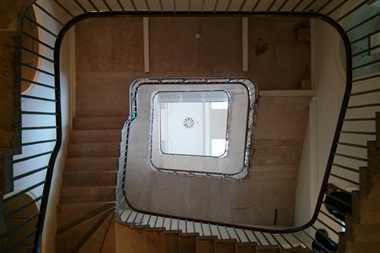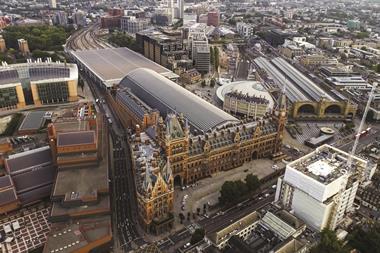It sometimes feels as though we are living in a parallel universe like the Upside Down, the alternate dimension in cult sci-fi series, Stranger Things.

Not only are we facing the prospect of a Cold War escalating into a real one just as we were in the ‘80s when the series is set, we are also having to contend with all sorts of other new realities and inversions of the normal.
Consider the topsy-turvy events this week. The same day we woke up to the news that if missiles were fired into Syria, the Russians would target not just the missiles but their launch sites, prompting even more frightening counter-threats from Trump, we also heard the more prosaic, but equally upside-down news that after years in the doldrums, Tesco has returned to profit under Dave Lewis.
It was a rare piece of good retail news. Elsewhere in the sector, there was yet more doom and gloom as another former retail heavyweight was laid low in the form of Mothercare, which is reportedly considering a CVA that could lead to the closure of a third of its stores.
Who next? Actually, ‘who’s left?’ is probably a better question. At the rate retailers are currently entering into CVAs, there won’t be any major chains left this time next year, and it won’t be the provincial high streets that are hit this time – they have already had to reinvent themselves – it will be the major high streets, out-of-town shopping centres and, as we report, the once impervious retail park.
If ever there was a picture worth a thousand words, it is the one we have used to illustrate our analysis. Half the brands pictured are either no more or in deep doo-doo.

The question is: what do landlords replace them with? Unlike the provincial high street, which has seen boutique independent retailers absorb some, if not all, of the space vacated, retail parks are dominated by chains, and often the most vulnerable ones to boot.
Hammerson’s retail parks have already seen a bigger dip in performance than any other part of its portfolio, albeit not a huge one – or one that is likely to be top of mind for Hammerson at the moment. This Monday marks the ‘put up or shut up’ deadline for a bid from Klépierre. The feeling is that it is unlikely to be able to offer much more than the 635p a share offer that was rebuffed this week, but you never know. Who could have predicted this time last year that Hammerson and intu would attempt to hook up or Unibail-Rodamco and Westfield?
The retail landscape is going to look very different in 12 months’ time, I suspect, as is the residential sector. So many big London schemes are hitting obstacles at the moment. Rob Tincknell’s departure from Battersea Power Station Development Company is the latest evidence of upheaval in London’s high-end residential market.
Then there’s the Silvertown Partnership, which has struggled to find funders for its £3.5bn scheme and is now contemplating offloading the site, possibly to Indian conglomerate Essel Group, which describes the cultural centre at the heart of its vision as having ‘the potential to help resolve human conflicts of modern times’.
Now, that would be quite something, but in this upside-down world, stranger things have happened…





























No comments yet